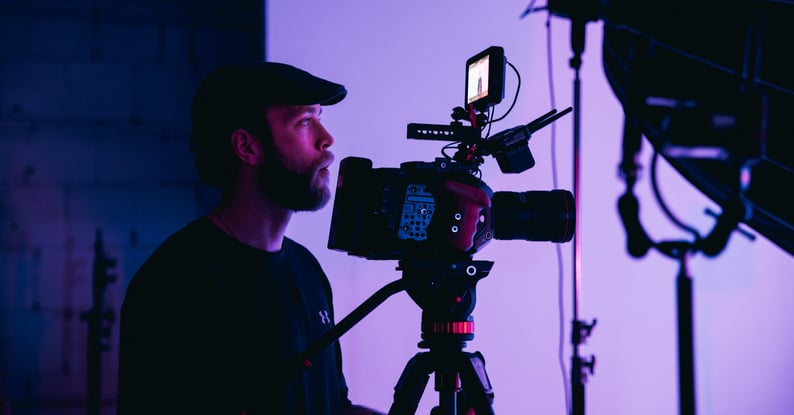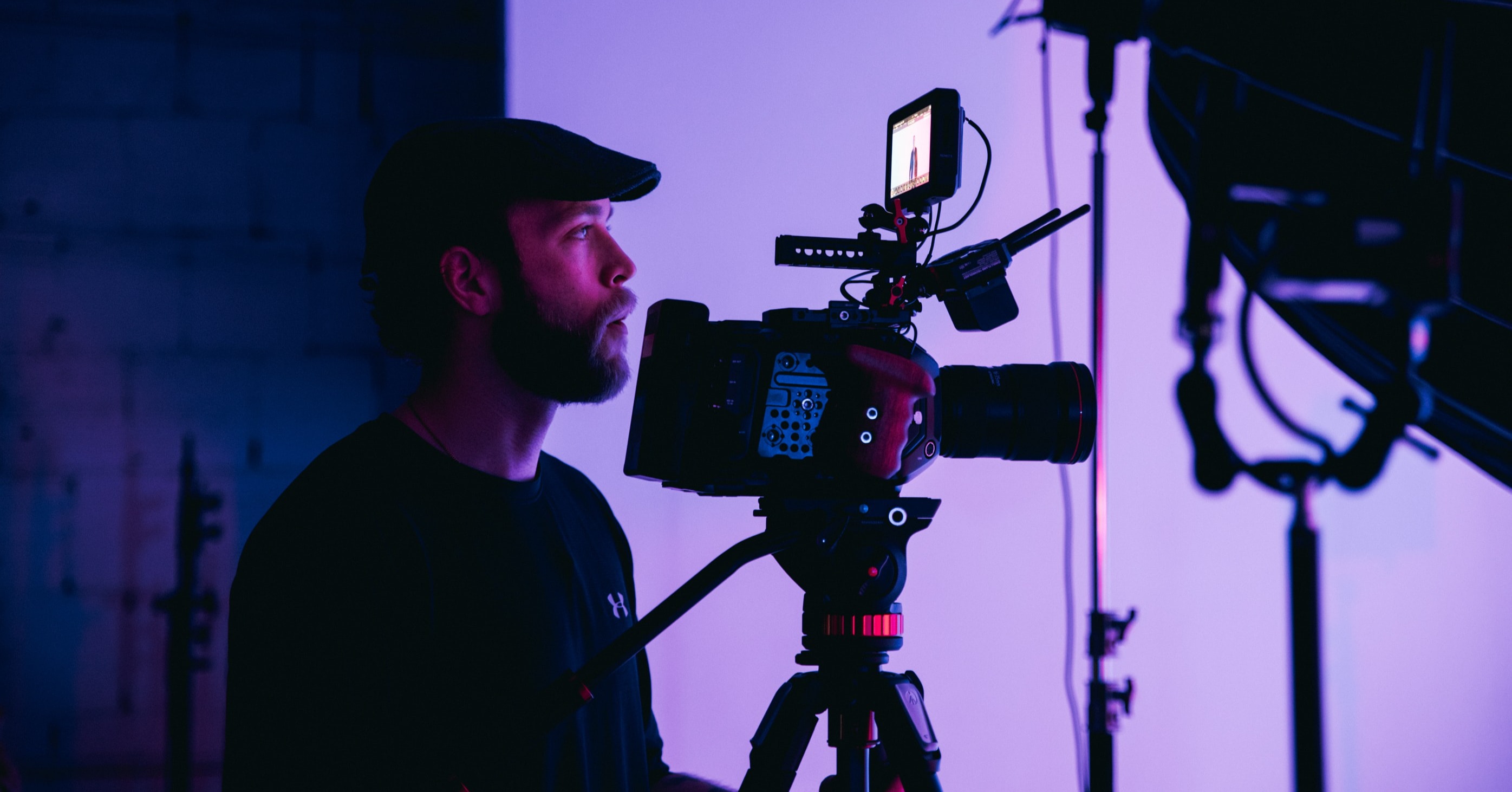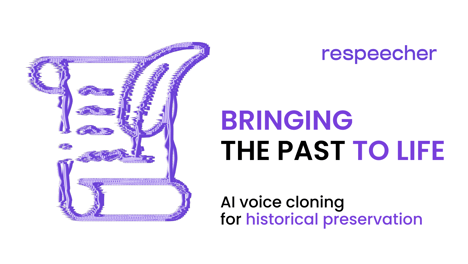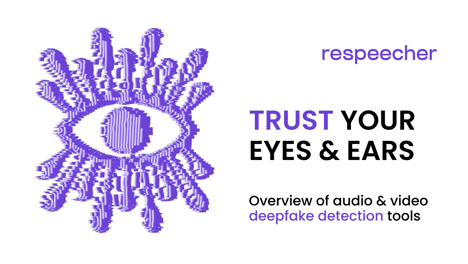Hyper-Realistic and Emotional Synthetic Voice Generation for Filmmakers

In previous blogs, we discussed the capabilities of artificial intelligence to synthesize the voices of famous people. In particular, this technology allows audio engineers to voice characters in films and cartoons. Human actors don’t have to do much aside from speaking a certain number of words using different cadences during a recording session. Once the neural network has enough speech to create an artificial voice model, the actor’s job is done.
An ordinary person can do the same. This is no longer about voice acting, but simply about “cloning” your voice, which can be used to fulfill different purposes. With the help of AI voice generation technology, individuals can effortlessly replicate their voices for various applications.
However, there are certain concerns about using speech synthesis in the film industry. The most consistent criticism is that a cloned voice sounds unnatural because it lacks human intonations and the nuances of an authentic voice. This article will take a deeper look at these concerns and demonstrate how Respeecher, as a leading voice cloning software for filmmakers, addresses them.
The benefits of speech synthesis in the film industry
Speech synthesis allows audio engineers to replicate anyone’s voice. Once the voice model has been created, it can be reused as many times as needed — from dubbing an actor's voice in post-production to bringing back the voice of an actor who passed away.
With voice cloning, a film or TV creator is able to streamline processes related to film production. Some of the benefits include:
- Flexibility. It’s hard to schedule top actors for voiceover or dubbing work. Our AI voice generation system allows you to scale any voice and gives you the flexibility to record at any time.
- Saving time. No need to waste time bringing a high-demand actor back to the recording studio over and over again. Voice AI technology allows for quick and efficient replication of the actor's voice, ensuring consistent quality and saving valuable production time.
- Resurrecting voices from the past. You can bring back the voice of an actor who has passed away or rejuvenate the voices of actors you need for your project. For example, an AI voice was used in The Mandalorian for Luke Skywalker’s reveal. A cloned voice replaced the voice of the real Mark Hamill who is now 70 years old.
- Adding dialog. Decided to add a few lines after filming? With AI speech generator technology, you can easily generate new lines of dialogue seamlessly integrated into your production. Just turn on your microphone and start speaking, no need to bring actors back into the studio.
- Recording any voice in any language. Looking to market to an overseas audience? Our language-agnostic technology empowers you to record in any language. With our advanced synthetic voice technology, language barriers are no longer a concern. Need it in Chinese, Spanish, or Italian? No problem.
- Replicating children’s voices. Kids say the darndest things — but they’re challenging to work with. With Respeecher AI voice generation technology, an adult actor sounds just like a kid.
Dubbing and localization with the help of speech synthesis
Two of the most popular application areas of speech synthesis in the film industry are dubbing and localization.
In addition to sounding unnatural, classical dubbing has one huge drawback. Having to adjust the localized text to an actor's facial expressions often means changing the meaning of the dialog itself.
In general, this results in a less pleasant experience for the viewer. With subtitles, although the actor’s voice is authentic, those who are reading subtitles will not have the same experience as the native audience because they are reading text at the bottom of the screen.
This is where AI and synthetic dubbing technology come to the rescue.
The traditional dubbing process is pretty straightforward but challenging to execute.
-
First, a producer locates a studio that can dub in the language they need.
-
The producer then sends the original video material and the texts for every dialog to the studio.
-
The agency starts searching for voice actors (they are often the same people who voice dozens of films in their countries every year).
-
Then the complex dubbing process begins. Actors work in the studio, reading the dialogs to match what is happening on the screen, taking into account the expressions of the original actors.
-
The audio directors then mix the new audio track with the video. And voila, the movie is ready to be distributed to local cinemas. This process has several significant disadvantages, both in terms of viewing experience and production.
-
The costs for traditional dubbing are incredibly high. The exact cost is difficult to estimate, but you can reasonably imagine that the price varies from 100 to 150 thousand dollars per language for a film.
-
Dubbing is not fast. Although voice acting takes less time than creating original content, the time it takes to complete a proper dub is sometimes measured in months.
-
Dubbing overshadows the original acting. We already mentioned this at the beginning of the blog.
AI/deepfake dubbing technology helps to eliminate just about every difficulty introduced by the traditional dubbing approach. At the same time, and this is important, it does not give rise to new intricacies.
In short, a neural network, using the dialog of an actor's original voice, learns to distinguish the characteristic features of their face.
The same network then analyzes the same features in people speaking a different language. Thus, when the foreign language dub is ready, the network can edit the original actor's face to perfectly lip-sync with the foreign dialog.
Voice cloning technology introduces an entirely new set of tools. With the advancements in AI speech generator technology, Respeecher allows movie producers and content creators to make anyone sound as if they are someone else.
The modified facial animations allow an actor's original voice to be transferred to another language. Thus, the dubbed voice matches the original actor's facial expressions.
Plus, dubbing itself is produced to give the impression that the actor is speaking Chinese or Japanese, for example. This means that viewers would never suspect that the actor was never able to speak their native language.
So, is it possible to achieve realistic speech synthesis?
Digital voices have been around for a long time. These traditional models, including the voices of the original Siri and Alexa, consisted of glued words and sounds. Everything that was produced sounded somewhat awkward, and that “I’m talking to a robot” vibe was unavoidable. Thus, making them sound more natural was a laborious manual task without today’s sophisticated voice modeling algorithms.
Deep learning has changed all that. Voice designers no longer need to program the exact tempo, pronunciation, or intonation of generated speech. Instead, they can feed several hours of audio into the algorithm and the system will learn those patterns on its own.
Today, the high quality of sound and the overall increase in the "humanity" of a digital voice appeals to an increasing number of filmmakers. Recent advances in deep learning have made it possible to reproduce many of the subtleties of human speech. These voices feature the necessary pauses, and can even convey aspiration or inhalation/exhalation. Digital voices can change their style or emotions on a whim. With the emergence of advanced voice cloning software for filmmakers, creators now can seamlessly integrate these lifelike digital voices into their productions, enhancing the overall experience of their audiences.
AI voices are scalable and easy to work with. Unlike a recording of an actor's human voice, synthetic voices can also change timbre, emotionality, and other vocal parameters in real time, opening up new possibilities for personalizing ads.
Creating a convincing synthetic voice requires attention to detail. Diversity in speech characteristics is also required thanks to inconsistency, expressiveness, and the ability to reproduce the same lines in completely different styles, depending on the context. Achieving these results requires quality samples of real human speech.
And where to get them? You need to find the right voice actors that can provide the relevant dialog. Using them, experts can debug deep learning models. With this in mind, the concerns of voice actors about the possibility of losing their work to AI voices, are in vain. With advancements in voice AI technology, synthetic voices can achieve remarkable realism, further blurring the lines between human and machine-generated speech. Check out this blog post where we discuss this topic in more detail.
FAQ
AI voice generation technology uses deep learning and voice cloning software to create realistic synthetic voices for use in film dubbing, AI-powered voiceovers, and more. It mimics human speech patterns to produce natural voice synthesis for language localization and personalized voiceovers in media.
Voice cloning software allows filmmakers to replicate voices for dubbing, saving time and costs. It aids in language localization, resurrecting voices of past actors, and enabling AI-powered voiceovers for seamless production, allowing easy personalized fitness experiences and expanding creative possibilities.
Synthetic dubbing technology uses AI voice generation and voice cloning software to match foreign language dialogue with an actor's facial expressions and voice. It enhances film dubbing innovation, improves language localization, and offers natural voice synthesis for immersive viewing experiences.
Speech synthesis through AI voice cloning allows films to be dubbed in any language with natural voice synthesis, while ensuring facial expression synchronization. This innovation helps filmmakers create authentic, immersive experiences for audiences and reduces the costs and time associated with traditional film dubbing.
While AI voice cloning and speech synthesis can replicate voices and emotions, human voice acting is still needed for authentic, nuanced performances. AI is a tool for enhancing voice generation and language localization in film, but traditional voice acting remains essential for unique and emotionally complex characters.
Glossary
AI voice generation technology
AI voice generation technology uses AI speech generators and voice cloning software for filmmakers to create synthetic dubbing, enabling natural voice synthesis and language localization in films.
Voice cloning software for filmmakers
Voice cloning software for filmmakers leverages AI voice generation technology to create digital voice models, enabling AI-powered voiceovers and synthetic dubbing for film localization.
Synthetic dubbing technology
Synthetic dubbing technology uses AI voice generation technology and digital voice models to create AI-powered voiceovers, enhancing language localization and film dubbing innovation.
Language localization for movies
Language localization for movies uses AI-powered voiceovers and synthetic dubbing technology to adapt films for global audiences with natural voice synthesis and digital voice models.
Digital voice models
Digital voice models use AI voice generation technology and speech synthesis to create realistic voices for film dubbing, language localization, and AI-powered voiceovers.

- voice cloning
- artificial intelligence
- AI voice synthesis
- artificial intelligence (AI)
- synthetic voice
- synthetic voices
- dubbing
- dubbing technology
- speech synthesis
- synthetic film dubbing
- AI deepfake technology
- AI voice
- voice cloning software
- AI deepfake voice
- AI voices
- voice conversion technology
- voice cloning speech synthesis
- synthetic sound
- actor
- voice actors
- audio deepfakes
- Respeecher’s synthetic voices
- speech-to-speech voice synthesis
- Respeecher for Business
- Film and Animation
- AI speech generator
- voice ai
- AI voice generation
- voice cloning software for filmmakers





